Special Section
Getting Back to Normal
In a post-pivot world, college campuses have found their groove.
By Lauren Larocca — February 2022
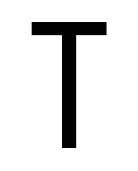 he phrase “the new normal” has been thrown around since the COVID-19 pandemic began, and as America struggles to define—and design—what that is exactly, colleges are paving the way for what it might look like.
he phrase “the new normal” has been thrown around since the COVID-19 pandemic began, and as America struggles to define—and design—what that is exactly, colleges are paving the way for what it might look like.
After the chaos and uncertainty of 2020, colleges and universities throughout the Baltimore region began to find their groove as they moved into the 2021-2022 school year. Coronavirus safety committees had been erected, new mandates put in place, safety protocols implemented—everything from vaccine requirements to temperature checks to quarantine procedures and wastewater testing that can pinpoint a COVID infection before anyone is symptomatic.
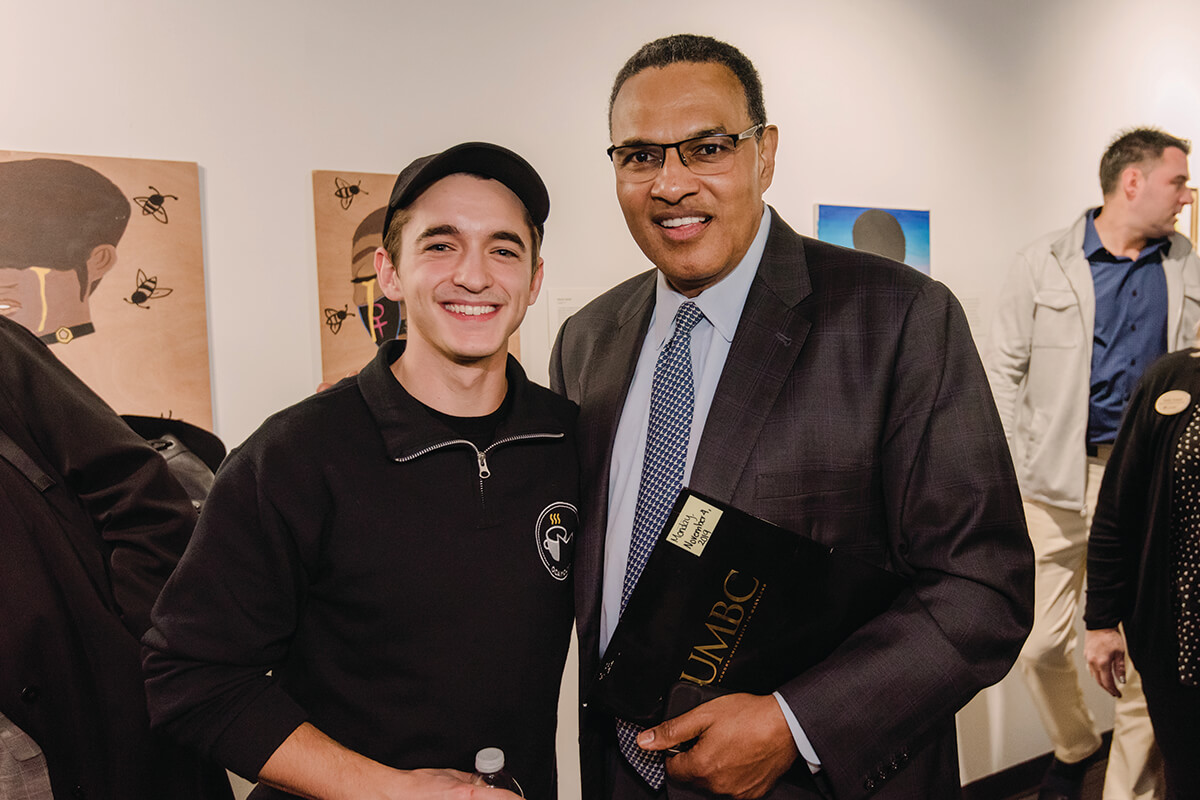
By some counts, colleges may very well be the safest places to live and work.
“Just following simple rules of wearing face masks and social distancing, using wastewater management and testing when we need to, we have, in many ways, been able to return to normal life,” says Goucher College President Kent Devereaux. “Full athletics, student clubs, dining in the dining hall, use of the library—everything that you’d normally have, we’ve been able to return to.”
Despite the challenges and anxieties faced by students, staff, and faculty alike, some unexpected silver linings have emerged.
“It’s just incredible to watch how it’s grown into the vision that we, as a group of students, had.”
The widespread adoption of technology across college campuses has proven to provide more flexibility, efficiency, and innovation—and even accessibility, in some cases. Counseling sessions, for example, began to be conducted remotely during the pandemic and many students found that they preferred it to in-person sessions. Students who cannot, for whatever reason, make it to an in-person class can now study from anywhere.
Challenging times, combined with advances in technology and the general acceptance of it, have also brought more cooperation and collaboration among schools. It’s becoming more common, for example, for schools that offer complementary programs to partner with one another to offer students an educational pathway to continue studies in their chosen areas. That may mean a discounted tuition rate, a transfer of class credits, or an internship through a partner school.
Maybe most importantly though, schools, at their best, foster an environment where students are supported, expand who they are, and connect with like-minded people. At a time when gathering together is not always safe, being in a community has become even more precious, and students have found new ways to connect.
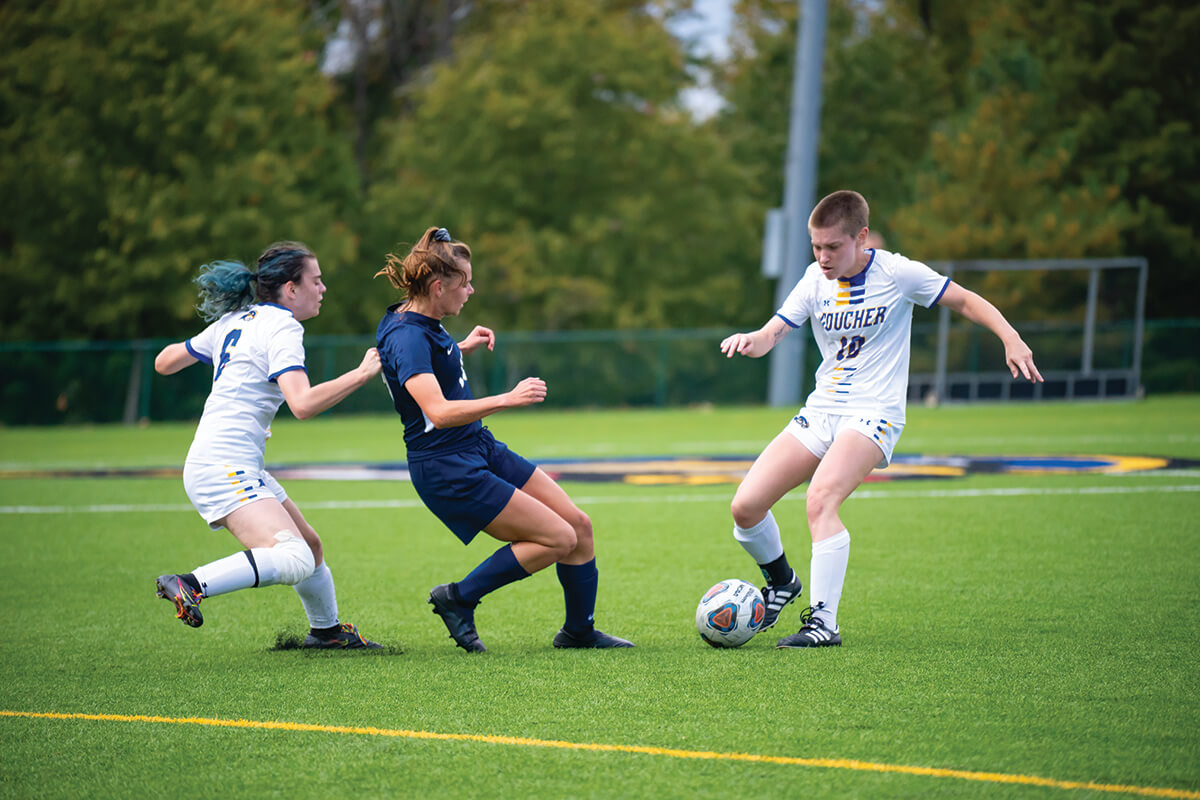
OCA Mocha, a coffeehouse in Arbutus founded by University of Maryland, Baltimore County (UMBC) students, is one example of how effective a gathering place can be at a time when people are craving human connection. What started as a class assignment—to design a community center of some sort—has become a gathering place not just for UMBC students and alumni, but the Arbutus community at large.
“We’ve heard a lot of stories from people who are extremely grateful to have this space,” says Michael Berardi, UMBC class of 2019 and co-founder and general manager of OCA Mocha, which stands for Opportunities for Community Alliances. The coffee shop includes a stage, a community room, and an art gallery, employs UMBC students and alumni, and provides internship opportunities for current UMBC students.
“We have local groups and organizations that meet regularly in our community space and are grateful to not have to meet in someone’s living room or church basement,” says Berardi. “We see a lot of connections being made. It’s just incredible to watch how it’s grown into the vision that we, as a group of students, had.”

MAKE YOUR APPLICATION SHINE
IT CAN BE TOUGH to stand out in a crowded application pool, but Ellen Chow, dean of undergraduate admissions at The Johns Hopkins University (JHU), says that being hyper-focused on that may not be effective. “Instead, think about how to represent your most authentic self through your interests, academics, and how you spent your time productively throughout high school so you can present an application that is unique and representative of you, your values, and your goals,” says Chow.
“Spend some time reflecting on your own development and what you want to get out of the college experience,” she continues. “Apply to colleges that will allow you to pursue your interests in a way that’s meaningful to you.”
Here are a few more tips from JHU on how to ace the application:
MAKE YOUR APPLICATION SHOW WHAT IS IMPORTANT TO YOU
It’s important to show your academic character, your contributions, and how you engage with your community.
SHOW WHAT AREAS OF STUDY YOU’RE MOST PASSIONATE ABOUT
A college wants to see how you demonstrate your academic passions. Teacher and counselor recommendations are helpful with this step.
SHOW HOW YOU’VE MADE AN IMPACT
Do you tutor your neighbor? Are you on the all-star softball team every year?
Schools are interested in learning how you’ve initiated change and shown leadership outside the classroom.
SHOW YOUR ROLE IN THE COMMUNITY
Express where you think you’ll shine on campus and how you will contribute.
WRITE AN ESSAY THAT SHOWS WHO YOU ARE
An essay adds depth to an application and allows you to elaborate on who you are.
This is your chance to be creative and let the school hear your voice.
We checked in with colleges and universities throughout the region to find out what’s new and what campus life and classes look like, two years into the pandemic.
COPPIN STATE UNIVERSITY
A historically Black institution founded in 1900, Coppin State University is situated in the heart of Baltimore City in the Mondawmin neighborhood. Part of the University System of Maryland in Baltimore, the school offers 32 undergraduate and 11 graduate degrees, along with nine certificate programs and one doctorate degree. It’s been rated No. 4 Best HBCU in the Nation (College Consensus), the Top 5 Best Value Online Program (Online School Center), and No. 17 Best Value in the Nation (College Consensus).
In the summer of 2021, CSU announced its Student Debt Relief Initiative, which clears roughly $1 million in student balances and provided a $1,200 credit to every student enrolled in the fall 2021 semester. CSU also created the Freddie Gray Student Success Scholarship, which is available to graduates of Carver Vocational-Technical High School, where Gray was a student.
Coppin also takes esports (competitive video gaming) seriously. In the fall of 2021, Coppin became the first HBCU to open a building on campus exclusively devoted to esports. The Premier Esports Lab opened in September with a guest appearance from Grammy-nominated artist Cordae.
- SIZE OF STUDENT BODY: 2,383 undergraduates, 341 graduates
- STUDENT TO FACULTY RATIO: 13:1
- ANNUAL TUITION: $6,809 in-state, $13,334 out-of-state
- ACCEPTANCE RATE: 40%
- POPULAR AREAS OF STUDY: Nursing, Business, Biology, Education, and Criminal Justice, Rehabilitation Counseling
DICKINSON COLLEGE
Founded in 1783, Dickinson College is a liberal arts college in Carlisle, Pennsylvania, with a suburban campus that spans 144 acres. The school offers 41 undergraduate degrees within 17 fields of study.
It’s been rated as one of the best schools in the country for its sustainability efforts, which include an 80-acre, USDA-certified organic farm. Princeton Review rated it No. 2 in the Top 50 Green Colleges, and it was rated No. 2 in Overall Top Performers among baccalaureate institutions in the Association for the Advancement of Sustainability in Higher Education’s “Sustainable Campus Index” in 2019 and 2020.
- SIZE OF STUDENT BODY: 2,345
- STUDENT TO FACULTY RATIO: 9:1
- ANNUAL TUITION: $58,708
- ACCEPTANCE RATE: 52%
- POPULAR AREAS OF STUDY: International Business, Economics, Political Science & Government, International Relations & National Security, General Psychology
GETTYSBURG COLLEGE
Gettysburg College, a private, liberal arts school, sits on 225 acres adjacent to the historical Gettysburg Battlefield in Pennsylvania. Many of the buildings on campus are historically significant, so it’s no wonder that it draws students interested in studying history.
The school offers 65 academic programs, more than 120 campus clubs and organizations, and 800 events on campus each year, plus more than 100 study-abroad opportunities open to students.
Its Majestic Theater serves as a venue for the greater Gettysburg community, hosting national acts as well as performances by the school’s Sunderman Conservatory of Music students.
It’s ranked No. 12 for “students who study the most” by the Princeton Review, which also ranked Gettysburg College’s dining hall No. 9 in the country for best campus food.
- SIZE OF STUDENT BODY: 2,600
- STUDENT TO FACULTY RATIO: 10:1
- ANNUAL TUITION: $59,960
- ACCEPTANCE RATE: 56%
- POPULAR AREAS OF STUDY: Political Science, Economics, Health Sciences, Organization and Management Studies, History, Psychology
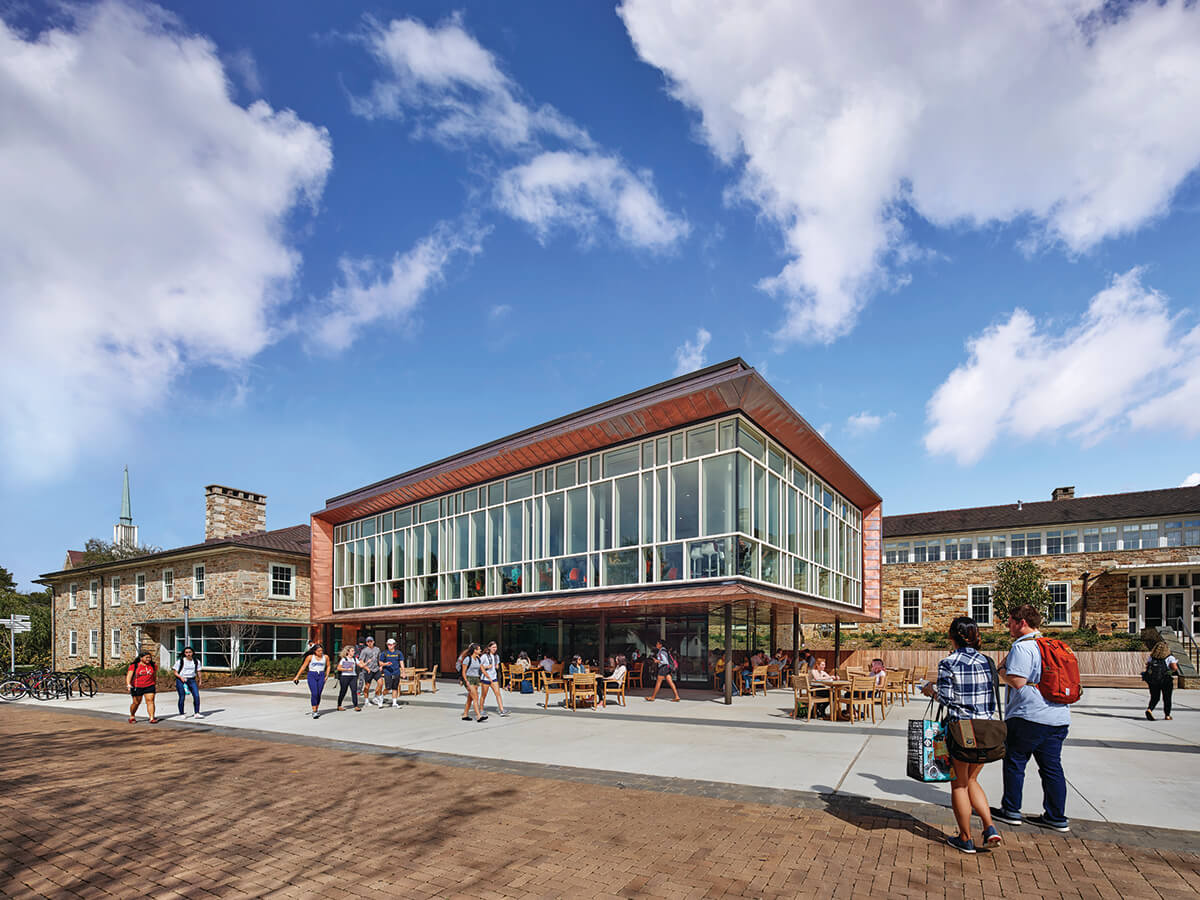
GOUCHER COLLEGE
A private, liberal arts college in Towson, Goucher College prides itself on its close-knit community.
Goucher was extremely proactive when it came to COVID-19 precautions, being the first in the state to implement wastewater testing, which is able to isolate COVID infections by dorm.
Also of note: The college recently opened two new residence halls as part of the school’s First-Year Village. One hundred percent of Goucher students study abroad, and the school is committed to sustainability.
Most recently, Goucher has begun exciting partnerships with other schools, such as Johns Hopkins University, Loyola University, and more to come, to provide a pathway for students to continue their education beyond Goucher. For instance, their 4+1 MBA Program allows students to earn an advanced business degree through Loyola via a “Fast Track” admission process, and at a 15% discount on tuition.
SIZE OF STUDENT BODY: 1,100
STUDENT TO FACULTY RATIO: 9:1
ANNUAL TUITION: $48,000
ACCEPTANCE RATE: 79%
POPULAR AREAS OF STUDY: Psychology, International Relations, Economics, Political Science, Business Administration
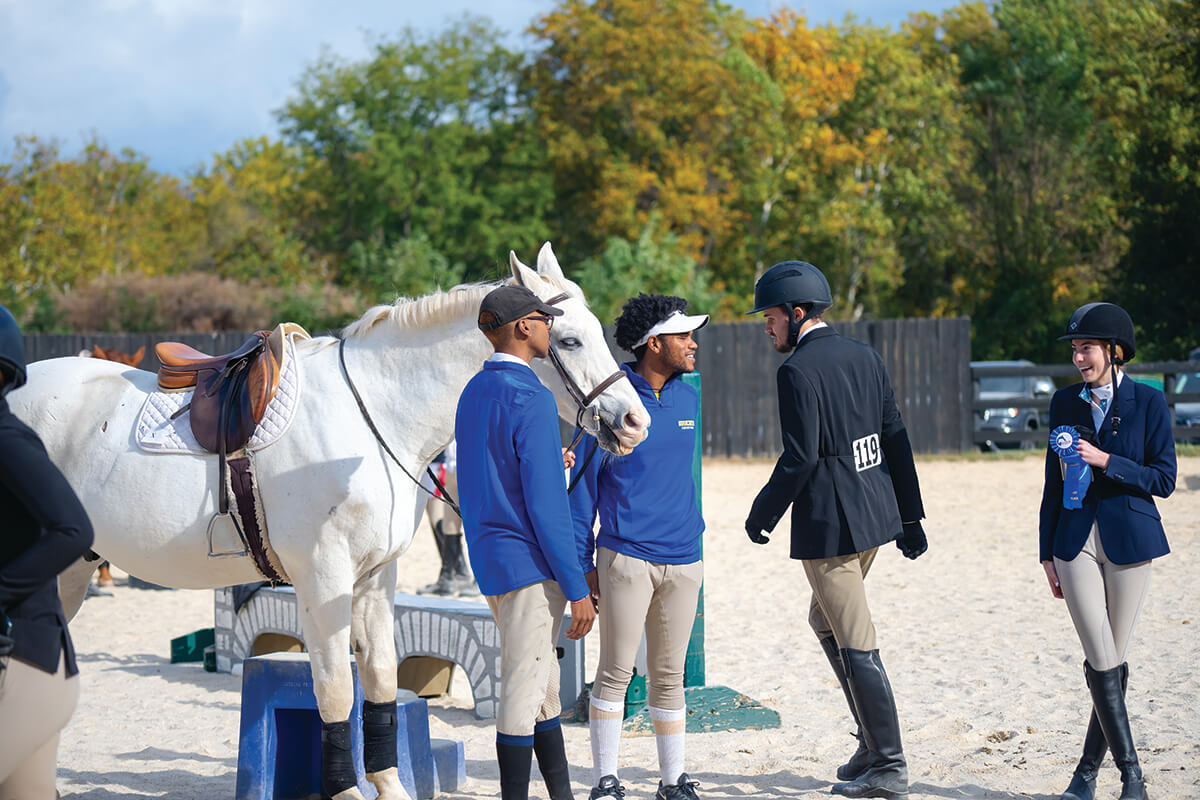
JOHNS HOPKINS UNIVERSITY
Johns Hopkins University (JHU) offers nine academic divisions and hundreds of courses of study, with campuses spread throughout Baltimore, including the Peabody Institute, a music and dance conservatory in Mount Vernon. Its main Homewood campus is located on North Charles Street.
The prestigious, world-renowned university has a strong reputation for its public health and medical studies and has been compared to Ivy League schools.
One of its points of pride is its financial aid program, which covers 100% of calculated need for every admitted student, without loans. This means JHU works with families to calculate what they can afford to contribute toward the total cost of attendance—including meals, books, travel, and other expenses—and JHU covers the rest with grants that don’t need to be repaid.
This school year, JHU added two new minors: Latin American Studies and Writing Seminars.
It also announced new efforts this year to move toward a broader, more flexible undergraduate educational experience that will include a required first-year seminar and the streamlining of major requirements to allow for greater intellectual exploration.
- SIZE OF STUDENT BODY: 6,333 undergraduates, 22,559 graduates
- STUDENT TO FACULTY RATIO: 6:1
- ANNUAL TUITION: $56,313 for Peabody Institute, $58,720 for the School of Engineering and the School of Arts and Sciences
- ACCEPTANCE RATE: 9%
- POPULAR AREAS OF STUDY: Computer Science, Molecular and Cellular Biology, Neuroscience, Economics, Public Health Studies, International Studies
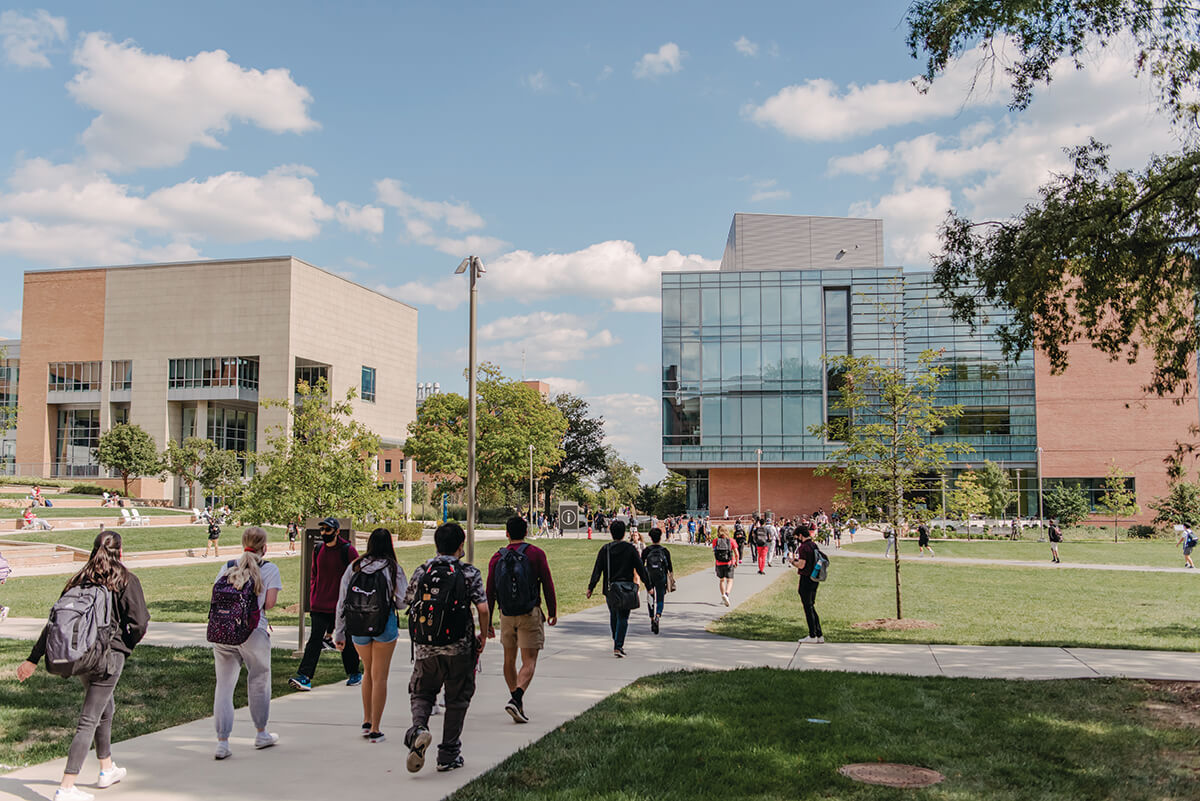
LOYOLA UNIVERSITY
This private, Jesuit institution offers undergraduate and graduate programs on a beautiful urban campus in northern Baltimore City. Education at Loyola is based in the Jesuit tradition of scholarship cura personalis, or care for the whole person. Loyola is known for its academic rigor while helping students lead purposeful lives. Seventy percent of students study abroad. It currently ranks fourth in best universities in the North region according to U.S. News & World Report.
- SIZE OF STUDENT BODY: 3,787 undergraduates, 1,353 graduates
- STUDENT TO FACULTY RATIO: 12:1
- ANNUAL TUITION: $53,430
- ACCEPTANCE RATE: 80%
- POPULAR AREAS OF STUDY: Business, Management, Marketing, Journalism, Social Sciences, Biological and Biomedical Sciences, Psychology, English Language and Literature, Engineering and Education.
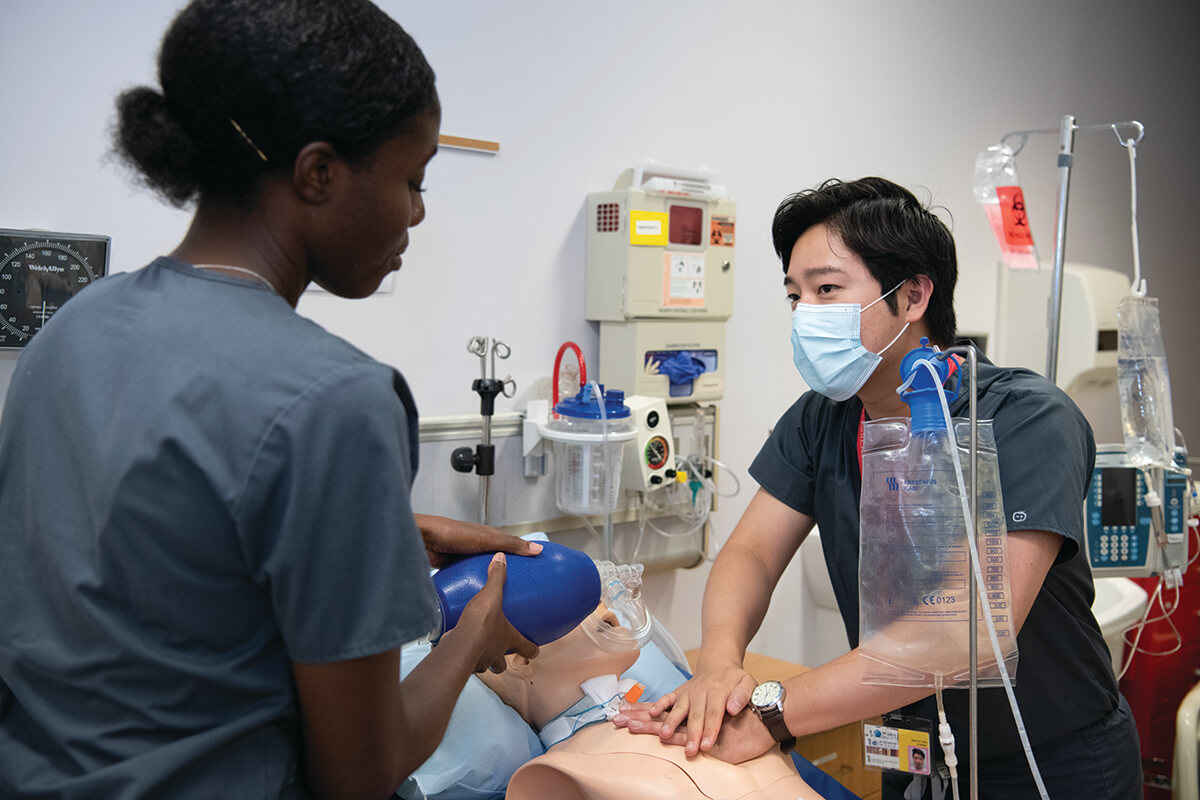
McDANIEL COLLEGE
McDaniel College sits in a bucolic setting near Westminster in Carroll County. The private, four-year liberal arts college offers more than 70 undergraduate programs of study and more than 20 graduate programs. McDaniel’s most recent addition to its curriculum is a National Security Fellows Program that provides students with knowledge, skills, and experience in national security as well as the ability to specialize in an area of interest, such as interstate conflict, intrastate political violence, cybersecurity, ethics, and human rights.
Also new this year, McDaniel appointed an inaugural associate provost for equity and belonging who provides vision and leadership to the Office of Diversity, Equity, and Inclusion and works in collaboration with the provost to co-lead the college’s diversity, equity, and inclusion administrative committee, and guides the Bias Education Response Support Team.
The school also launched a new STEM Center to serve as a physical hub to support students studying the sciences. It hosts workshops and other events while also supplying online and hybrid support.
- SIZE OF STUDENT BODY: 1,757 undergraduates, 1,324 graduates
- STUDENT TO FACULTY RATIO: 13:1
- ANNUAL TUITION: $46,336
- ACCEPTANCE RATE: 81%
- POPULAR AREAS OF STUDY: Kinesiology, Business Administration, Psychology, Biology, Political Science, International Studies
MORGAN STATE UNIVERSITY
The largest of Maryland’s HBCU’s (Historically Black Colleges and Universities), Morgan is a public institution founded in 1867. It is situated in northeast Baltimore. As a Carnegie-classified high research (R2) institution, Morgan provides instruction to a multiethnic, multiracial, multinational student body and offers more than 140 academic programs at undergraduate and graduate levels. As Maryland’s Preeminent Public Urban Research University, Morgan fulfills its mission to address the needs and challenges of the modern urban environment through intense community level study and pioneering solutions.
- SIZE OF STUDENT BODY: 6,270 undergraduates, 1,364 graduates
- STUDENT TO FACULTY RATIO: 15:1
- ANNUAL TUITION: $8,008 for in-state and $18,480 for out-of-state
- ACCEPTANCE RATE: 73%
- POPULAR AREAS OF STUDY: Civil Engineering, Communications Engineering, Business Administration and Management, Social Work, Biology/Biological Sciences, Architecture, Finance, Psychology, Sociology
NOTRE DAME OF MARYLAND UNIVERSITY
A private, Catholic liberal arts university in northern Baltimore, Notre Dame of Maryland University offers programs from undergraduate through PhD, as well as Maryland’s only women’s college. It recently launched the first master’s of art degree in Art Therapy program in the state.
The beautiful, wooded campus is just steps from the bustling downtown Baltimore culture. With values rooted in Catholicism, the school focuses on service to others and social responsibility.
- SIZE OF STUDENT BODY: 783
- STUDENT TO FACULTY RATIO: 7:1
- ANNUAL TUITION: $39,675
- ACCEPTANCE RATE: 88%
- POPULAR AREAS OF STUDY: Nursing, Education, Biology, Art Therapy, Pharmacy
TOWSON UNIVERSITY
One of the largest public universities in the state, Towson University offers more than 60 undergraduate majors and continues to draw students from other states, though it remains part of the University System of Maryland.
Its campus continues to expand, with a huge new dining hall, a 23,000-foot recreation and fitness facility with an indoor swimming pool, and its 5,200-seat arena for sporting events and concerts. In 2021, it opened its new Science Complex, the largest academic building on campus at 320,000 square feet.
In September, Towson opened its StarTUp at the Armory, a space for startups and new businesses to engage with the broader community and larger businesses. It serves as a home to Towson’s entrepreneurship programs, as well as student competitions and events.
While Towson remains the largest supplier of medical professionals and educators in the state, the university has also built a strong reputation for its College of Fine Arts and Communication, as well as its Asian Arts & Culture Center, both of which bring students into the wider community and the Baltimore community to Towson for enriching performing arts, music, and visual art programs.
- SIZE OF STUDENT BODY: 17,907 undergraduates, 2,949 graduates
- STUDENT TO FACULTY RATIO: 16:1
- ANNUAL TUITION: $7,100 in-state, $22,152 out-of-state
- POPULAR AREAS OF STUDY: Business Administration, Education, Nursing, Exercise Science, Psychology, Sociology and Anthropology, Biology, Computer Science, Information Technology
UNIVERSITY OF MARYLAND, BALTIMORE
University of Maryland, Baltimore is Maryland’s only public health, law, and human services university. Located in downtown Baltimore, it offers 86 degree and certificate programs through its six nationally ranked professional schools—dentistry, law, medicine, nursing, pharmacy, and social work—and an interdisciplinary graduate school.
The school’s 14-acre BioPark is Baltimore’s biggest biotechnology cluster, employing 1,000 people, and remains on the cutting edge of new drugs, treatments, and medical devices.
- SIZE OF STUDENT BODY: 7,244
- ANNUAL TUITION: Varies by school
- POPULAR AREAS OF STUDY: Medicine, Law, Dentistry, Pharmacy, Nursing, Social Work
UNIVERSITY OF MARYLAND, BALTIMORE COUNTY
University of Maryland, Baltimore County educates a campus of more than 10,000 students in programs spanning the arts, engineering, information technology, humanities, sciences, preprofessional studies, and social sciences. Located on the edge of Baltimore County, it allows easy access into the city and all the conveniences of suburban life and housing. It also offers plenty of opportunities for study abroad.
In the fall of 2021, UMBC opened the Center for Well-Being, a new two-story complex that houses Retriever Integrated Health, Student Conduct and Community Standards, and i3b’s Gathering Space for Spiritual Well-Being. UMBC’s already significant NASA partnerships have continued to grow. In October, NASA announced a major award of $72 million over three years for the new Goddard Earth Sciences Technology and Research II center. UMBC is leading the national consortium and will receive over $38 million. The GESTAR II consortium will support over 120 researchers, creating extensive opportunities for breakthroughs in Earth and atmospheric science research, and providing major opportunities for students to conduct research and be mentored by NASA scientists and engineers.
- SIZE OF STUDENT BODY: 13,638
- STUDENT TO FACULTY RATIO: 17:1
- ANNUAL TUITION: $12,280 in-state, $28,470 out-of-state
- ACCEPTANCE RATE: 81%
- POPULAR AREAS OF STUDY: Computer and Information Sciences and Support Services, Biological and Biomedical Sciences, Social Sciences, Psychology, Visual and Performing Arts
Cited tuition costs exclude room and board and books.